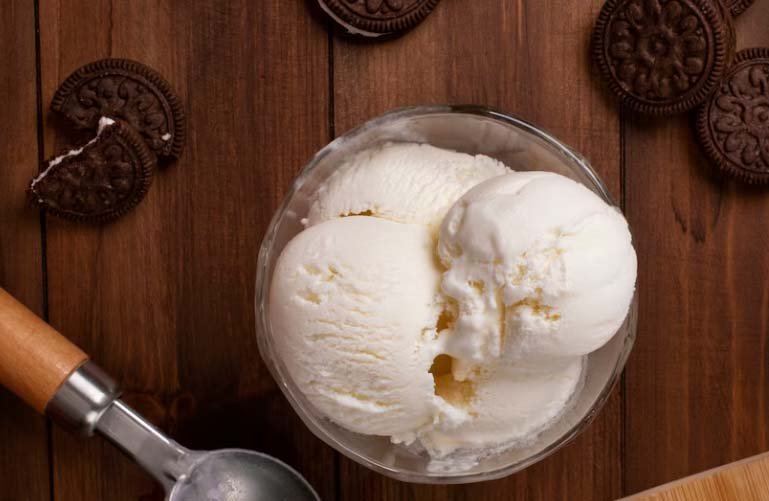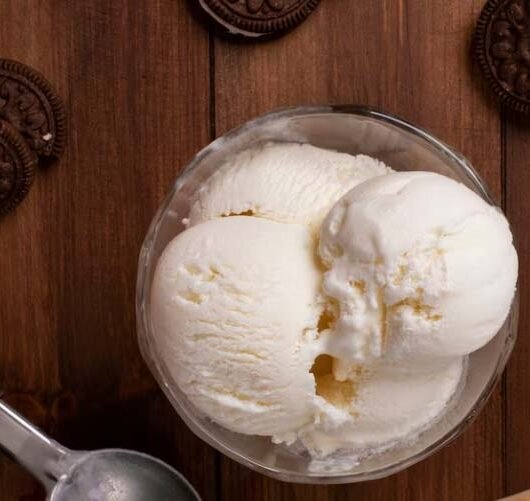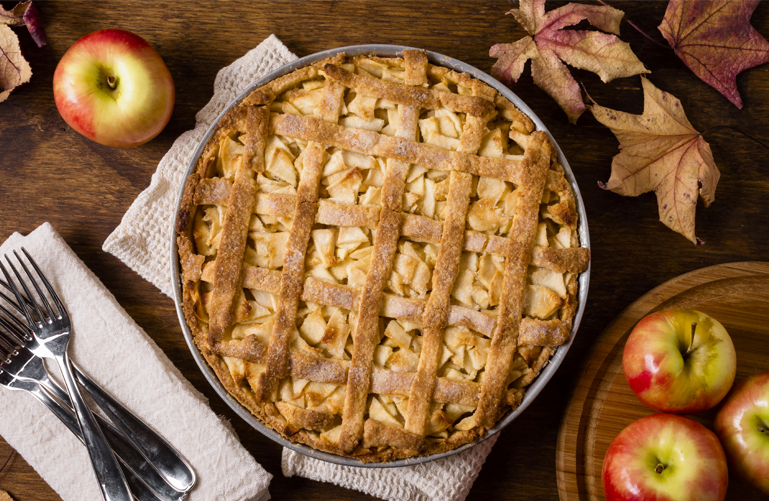“Homemade ice cream is a creamy, refreshing treat that can be made with simple, natural ingredients from the comfort of your home. This exquisite creation starts with a base of fresh milk and heavy cream, combined with sugar to give it that perfect sweetness. Then, the flavor of your choice is added, whether it's vanilla, fresh strawberries, melted chocolate or tropical fruits.
The mixture is poured into an ice cream maker or frozen manually, while stirring occasionally to obtain a smooth, creamy texture. Once the ice cream reaches the desired consistency, it is served in crispy cones or decorated cups, ready to be enjoyed on any occasion. Whether on a hot summer day or as a comforting dessert on a cold winter night, homemade ice cream will always be an irresistible treat to delight your loved ones.
Enjoy Homemade Ice Cream!
Once the ice cream is frozen solid, it is ready to enjoy. You can serve it in cones or cups and add your favorite toppings, such as chocolate chunks, fresh fruit, or syrup. Let your imagination fly and create delicious combinations!
Preparing homemade ice cream is a fun activity that you can do with family or friends. In addition, it allows you to control the ingredients and customize the flavor to your liking. Dare to prepare your own homemade ice cream and enjoy this delicious and refreshing experience!

History of Ice Cream
The history of ice cream dates back to ancient times, although it is not known for certain who invented it or where it originated. However, there is evidence that ancient civilizations, such as the Chinese, Persians, and Romans, enjoyed frozen desserts made with ingredients such as snow mixed with fruits, honey, or fruit juices.
The Chinese are known for being pioneers in the manufacture of ice cream. It is said that during the Tang Dynasty (618-907 AD), Chinese emperors enjoyed frozen desserts made with buffalo milk, rice flour and flavored with fruits.
In Persia (present-day Iran), frozen desserts called “faloodeh” were made, made with rice starch noodles, sugar syrup and rose water, which were cooled with ice.
In medieval Europe, travelers brought back frozen dessert recipes from the Middle East, leading to the popularization of ice cream in the region. However, it was not until the 16th century that ice cream became more common in Europe, especially among the nobility.
Ice cream became even more popular in the 17th century, when Italians perfected the technique of mixing fruit with ice or snow. The creation of sorbet, a variant of ice cream made with water, sugar and fruit, is attributed to the Italians.
In the 18th century, ice cream came to the United States, where it became a popular treat among the elite. European settlers introduced ice cream recipes to the United States, and the first ice cream establishments began to appear in major cities.
During the 19th century, ice cream making machines were invented, allowing for more efficient production and wider distribution of ice cream. More flavors and varieties of ice cream were also developed, and ice cream parlors became popular.
In the 20th century, with the advancement of technology and industrialization, ice cream became even more accessible and became a staple in the Western diet. New production methods were developed, such as pasteurization, which allowed ice cream to be produced on a large scale and sold in supermarkets and convenience stores.
Today, ice cream is one of the most popular desserts around the world, with a wide variety of flavors, textures and presentations available to satisfy the tastes of different cultures and preferences.
Homemade ice cream and health
Homemade ice cream, with its irresistible creaminess and variety of flavors, is a culinary pleasure that many enjoy at different times of the year. However, when it comes to health considerations, it is essential to understand how this delicacy can be integrated in a balanced way into a conscious diet.
First and foremost, homemade ice cream offers the advantage of being able to control the ingredients used in its preparation. Opting for fresh and natural ingredients, such as fresh milk, heavy cream, egg yolks and natural essences, allows you to minimize the presence of artificial additives, preservatives and refined sugars that can be harmful to health when consumed in excess.
Nutritionally speaking, homemade ice cream can offer benefits and challenges depending on the ingredients and quantity consumed. For example, milk and heavy cream are sources of calcium and vitamin D, which are important for bone health and the immune system. However, these can also be high in saturated fat, which can contribute to weight gain and increased risk of heart disease if consumed in excess.
Sugar is another aspect to consider. Although homemade ice cream may allow for better control over the amount of added sugar, it is still important to limit its consumption. Too much sugar can contribute to health problems such as obesity, type 2 diabetes, and heart disease. Sugar alternatives, such as stevia or erythritol, can be used to reduce the sugar content of ice cream without sacrificing sweet taste.
Plus, portions are key. Although homemade ice cream can be an occasional treat, it is important to consume it in moderation and pay attention to serving size. Portion control can help avoid excess calories and sugars, and allows you to enjoy ice cream as part of a balanced diet.
Lastly, it is important to consider balance in the overall diet. Homemade ice cream can be part of a healthy lifestyle when consumed in moderation and as part of a varied and balanced diet, rich in fruits, vegetables, lean proteins and whole grains.
In short, homemade ice cream can be a delicious and healthy option when made with fresh ingredients and consumed in moderation. By making conscious decisions about ingredients and portions, it is possible to enjoy this frozen treat without compromising long-term health.
Maybe you might like: Strawberry tart
Image credit: freepik



